Want more photos? Diesel locomotives in the garden Garden railroading in Hawaii Garden railroading in the snow […]
Great garden railroad photos
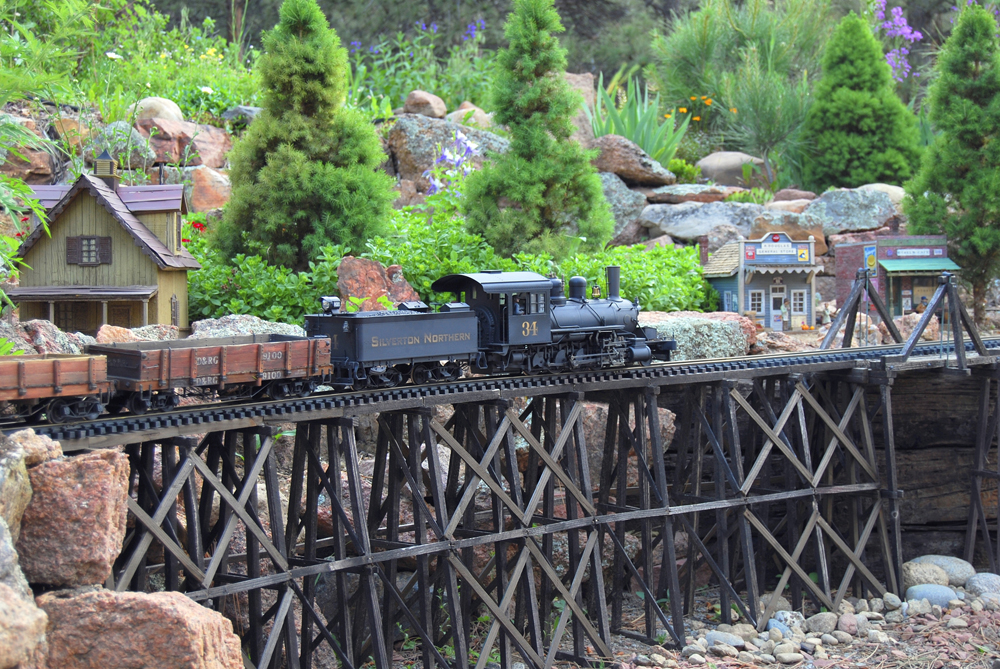
Action may be required on your Trains.com account in order to continue accessing content. Click here to learn more.

Want more photos? Diesel locomotives in the garden Garden railroading in Hawaii Garden railroading in the snow […]

You may have heard the term “zinc pest,” or maybe “zinc rot” or “zamak pest,” but what is zinc pest? And how does it affect toy trains? In the earlier days of toy train manufacturing, trains and their parts were diecast with alloy metals, made from zinc, aluminum, magnesium, and copper. It was an inexpensive […]
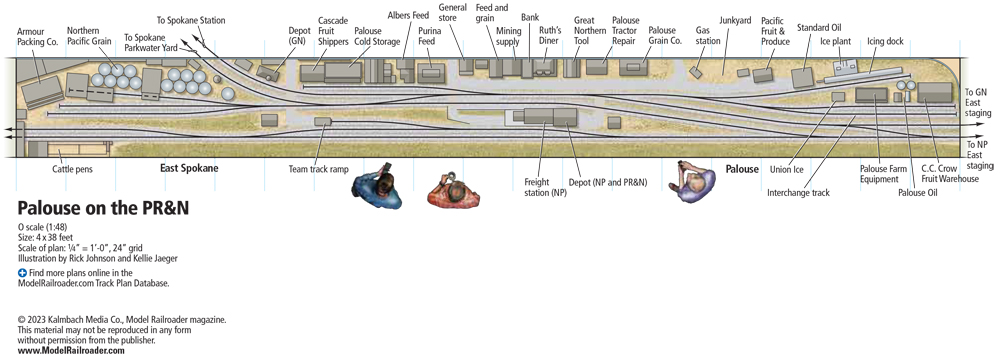
Facts & features Name: Pacific Railway & Navigation Co.Scale: Proto:48 (O fine scale)Size: 4 x 38 feet (Palouse), 40 x 60 feet (entire layout) Prototype: Great Northern; Northern Pacific; PR&N; and Spokane, Portland & Seattle (elsewhere on layout)Era: mid-1950sLocale: Pacific NorthwestStyle: walk-in multi-deckMainline run: approx. 1,200 feetMinimum radius: 84″Minimum turnout: No. 7 (spurs), No. 8 […]
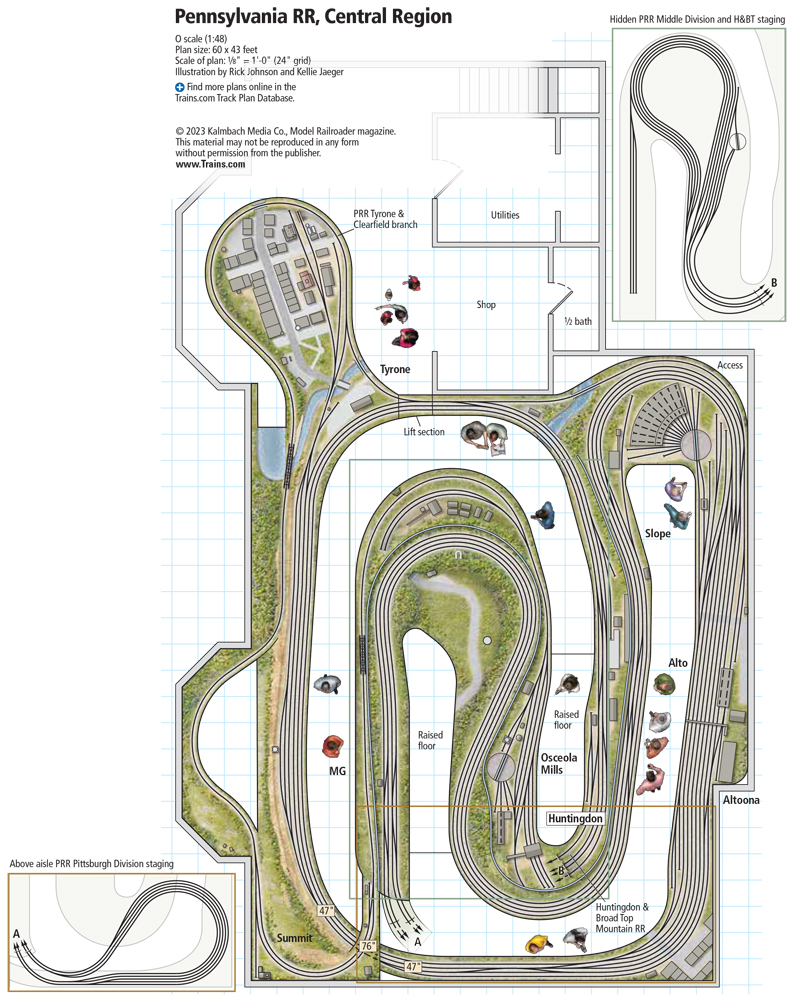
Facts & features Name: Pennsylvania RR, Central RegionScale: O (1:48)Size: 43 x 60 feetPrototype: Pennsylvania RRLocale: central PennsylvaniaEra: 1952Style: around-the-wallsMainline run: 355 feetMinimum radius: 60″ (main), 50″ (branch)Minimum turnout: No. 8 (main), No. 5 (secondary)Maximum grade: 2.2% (main), 3.5% (branch)Benchwork: open gridHeight: 47″ to 76″Roadbed: Homasote Track: code 148 and 125 flextrackScenery: plaster cloth and […]
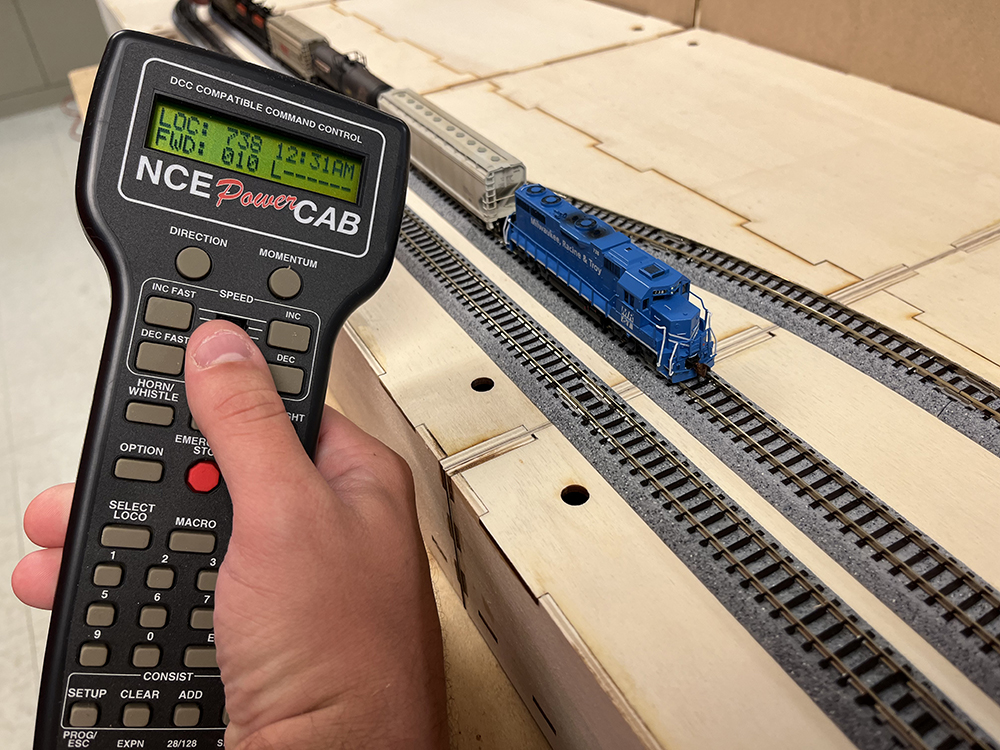
Modelers David Popp, Brian Schmidt, and Bryson Sleppy install the wiring power bus and Digital Command Control system on their modular T-TRAK N scale layout. T-TRAK is a modular N scale railroading system that uses foot-wide boxes plugged together to build tabletop layouts. In this fourth installment, the trio demonstrates how to build a portable […]

Knowledgeable hobbyists will likely tell you the line Lionel cataloged for 1954 represented the pinnacle of post-World War II production. In their opinion, the roster of steam and diesel locomotives, freight and passenger cars, and operating accessories was unsurpassed in terms of design, creativity, appearance, and operation. The No. 2219W five-car freight train headed by […]
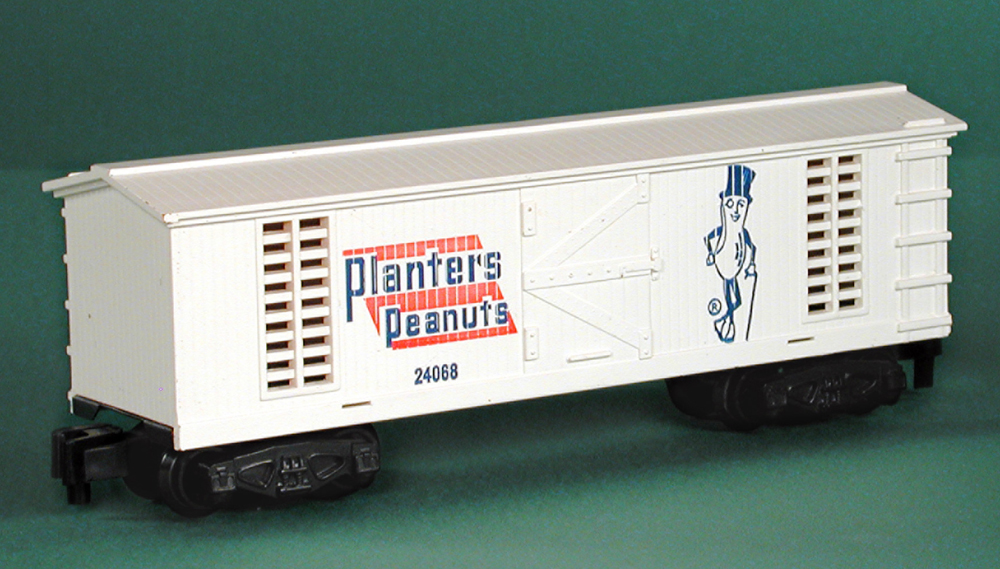
According to a document saved by Maury H. Romer, who supervised production of the postwar S gauge line, the A.C. Gilbert Co. intended to make a No. 24068 Mr. Peanut boxcar in 1962. It received a five-digit catalog number on Sept. 7, 1961. For unknown reasons, the project was abandoned after two prototypes were created. […]
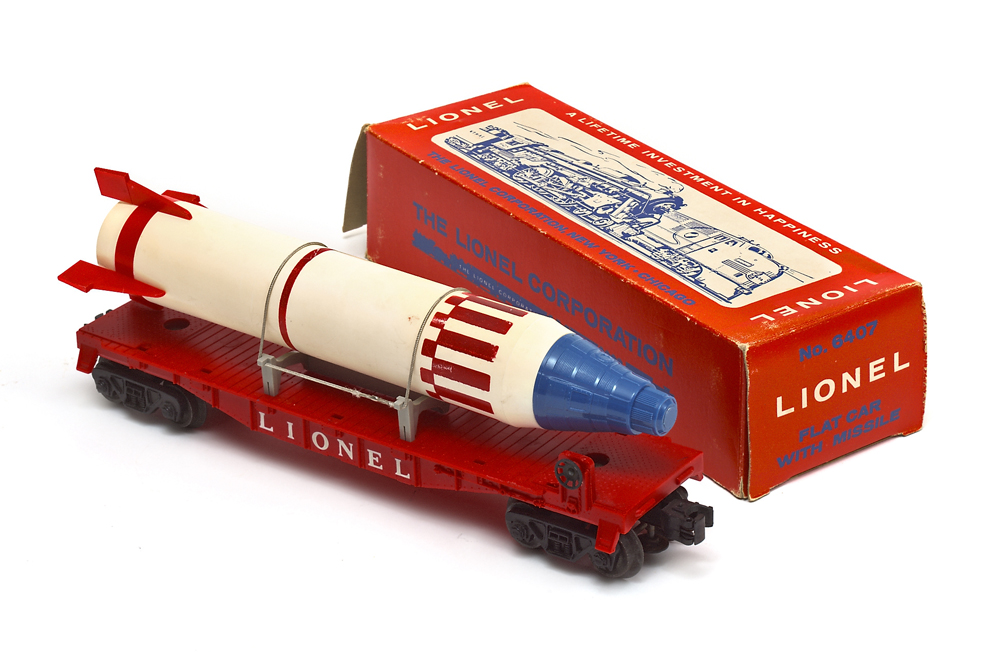
The Lionel No. 6407 flatcar with missile and removable Mercury capsule was cataloged for one year only, in 1963. It was offered as both a separate-sale item (priced at $4.95) and a component of two O-27 outfits: the Nos. 11341 Space Prober diesel freight set and 11385 Space Conqueror diesel freight set. Author John W. […]

I have a set of Lionel No. 2379 Denver & Rio Grande Western F3s from 1957 that do not run. I have taken both motors apart, cleaned the grease out of the gearboxes, and put in new grease. I have taken off the brush covers and cleaned the armature faces and the brush wells. I […]
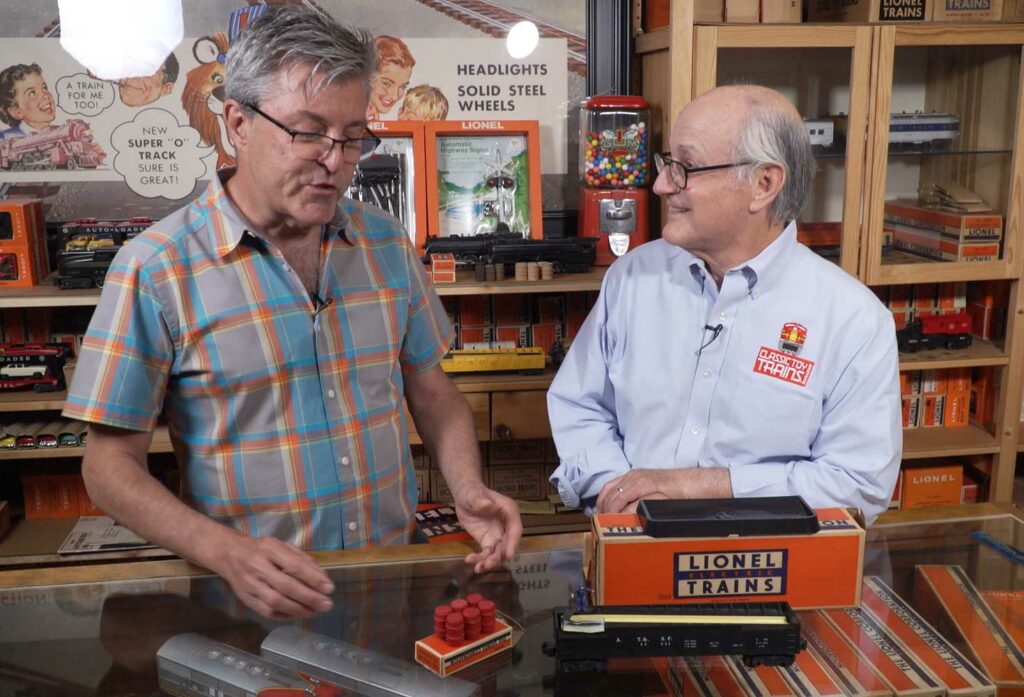
Transcripted from the CTT video series Truck’s Toy Trains. Trains.com members can watch it here. The Lionel Corp. released its first operating barrel car in 1954, which was two years after it brought out the No. 362 barrel loader. Contents of the box included the car and an insert that held a box of barrels […]
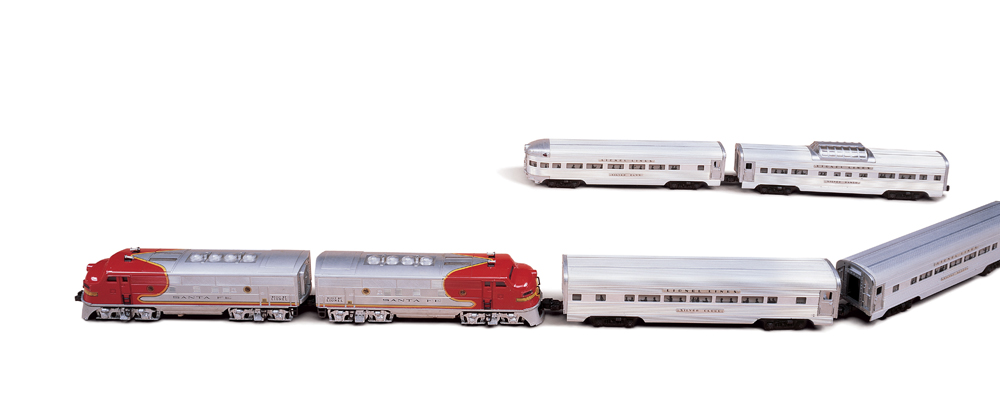
A Lionel Santa Fe passenger train outfit from 1952 is widely regarded as one of the best the company ever made. During the holiday season that year, the train maker introduced set No. 2190W, also known as the Super Speedliner, at the top of its O gauge lineup. That magnificent four-car passenger consist featured the […]
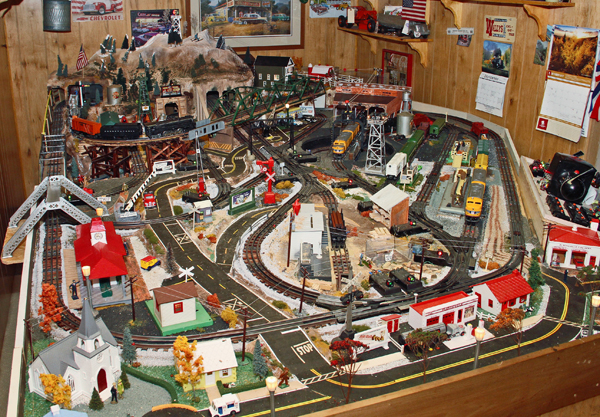
O gauge enthusiast Wayne Garver has developed an 8 x 13-foot layout, where his different trains and accessories impress viewers. His plan may work well for you. Wayne Garver Download a PDF of his track plan here. Note: This track plan does not include a component list. However, the author has comments about how he […]